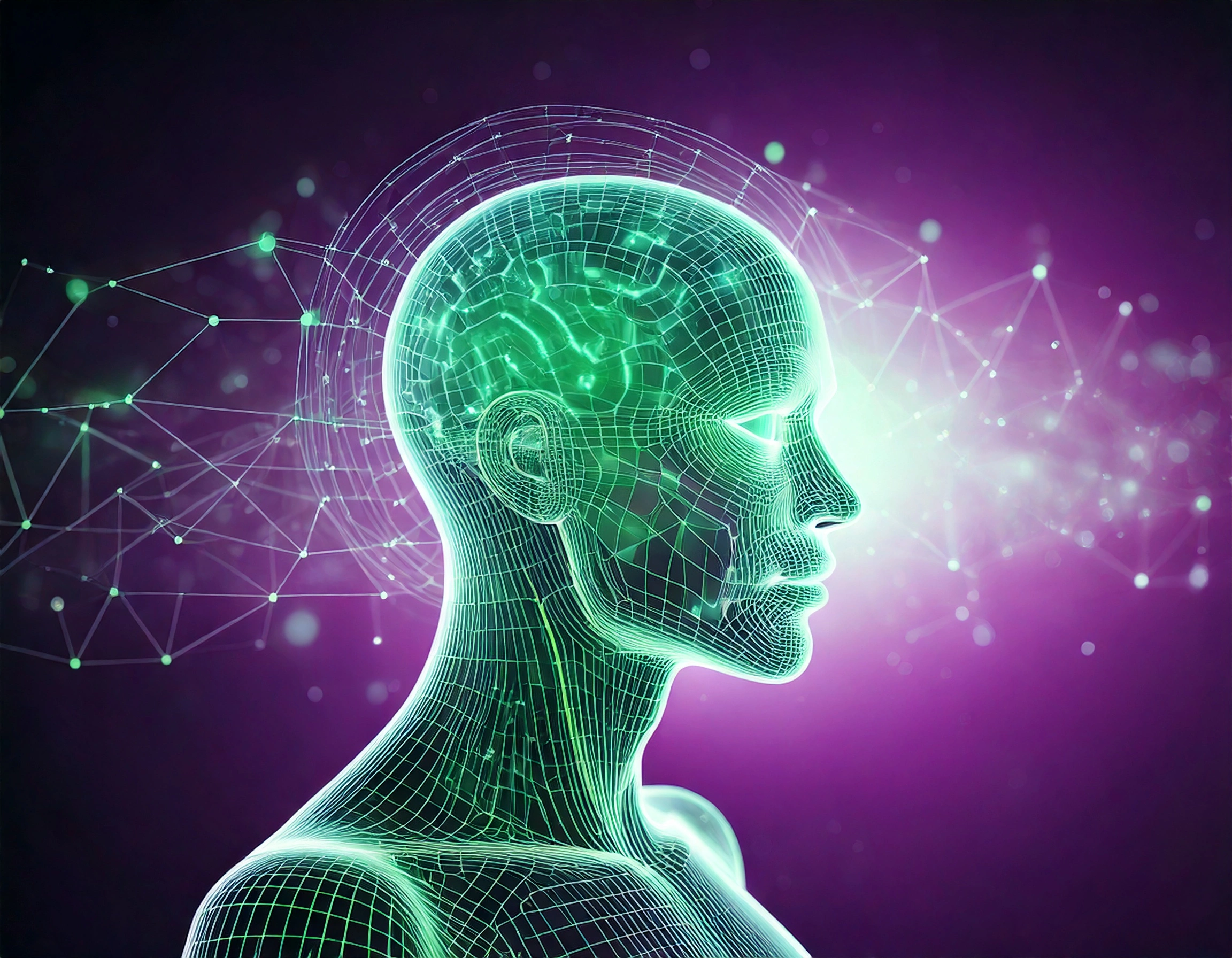If you’ve ever heard the terms Artificial Intelligence (AI) and Machine Learning (ML) thrown around, you’re not alone. These two concepts are often used interchangeably, but they’re actually quite different. In this post, we’re going to break down what AI and ML really are, how they work, and why it’s important to know the difference.
So, What’s AI?
Artificial Intelligence (AI) is the big picture. It’s the science of creating machines that can think and act like humans. Think of AI as the field that’s all about making computers smarter—enabling them to do things like recognize speech, understand language, make decisions, and even learn from experience.
AI is divided into two main categories:
- Narrow AI (Weak AI): This is where we are today. It’s designed to do specific tasks, like a virtual assistant recognizing your voice or a recommendation engine suggesting a movie on Netflix.
- General AI (Strong AI): This is the future (hopefully). General AI would be able to perform any intellectual task a human can, but we’re still a long way from that.
Basically, AI is the goal. It’s the dream of creating machines that think and act like humans.
Now, What About Machine Learning (ML)?
Machine Learning (ML) is a subset of AI, and it’s a big deal. Unlike traditional AI, where machines follow explicit instructions, ML allows computers to learn from data and get better over time without being programmed for each new task.
ML is all about algorithms and models that can improve their predictions or decisions as they are exposed to more data. It’s like teaching a machine by showing it examples—whether it’s pictures of cats and dogs, historical sales data, or customer behavior patterns. The more data it sees, the better it gets.
There are a few types of ML:
- Supervised Learning: The machine learns from labeled data (e.g., pictures of cats with the label “cat”).
- Unsupervised Learning: The machine tries to find patterns in data without any labels (e.g., grouping similar-looking photos).
- Reinforcement Learning: The machine learns by interacting with an environment and receiving rewards or penalties (think of a robot learning to walk).
So, What’s the Difference Between AI and ML?
Now that we know a little about each, let’s clarify the key differences:
- Scope: AI is the broad field aiming to create smart machines. ML is a specific approach within AI that uses data to make predictions or decisions.
- Method: In AI, machines can use a range of techniques—like rule-based systems or decision trees. In ML, the system learns from data and gets better over time by identifying patterns.
- Goal: AI’s goal is to simulate human intelligence and help machines perform tasks that usually require human thinking. ML’s goal is to improve a machine’s performance as it gets more data.
In short: AI is the big idea; ML is one way of achieving it.
How AI and ML Work Together?
The truth is, AI and ML are pretty inseparable these days. Most of the AI systems you interact with—like virtual assistants, recommendation systems, or self-driving cars—are powered by ML. Why? Because ML helps these systems improve over time and get smarter with more data.
For example, AI-driven tools like Siri or Google Assistant use ML to understand your voice, recognize your preferences, and improve responses based on your interactions. At Kodevent, we’ve helped develop AI-driven solutions for a wide range of industries. Check out our work on custom software development to see how we use AI and ML to build intelligent applications.
Where Do AI and ML Show Up in Real Life?
You’re probably using AI and ML more than you think. Here are some common examples, including applications developed by Kodevent:
- Healthcare: AI and ML help doctors diagnose diseases faster and more accurately, and even predict patient outcomes. For instance, Kodevent helped create an ML-driven system that assists healthcare professionals in identifying early signs of heart disease by analyzing patient data.
- E-commerce: Ever notice how Amazon always seems to suggest stuff you actually want? That’s ML working its magic, learning from your browsing history and preferences. Kodevent has also developed AI-powered recommendation systems for e-commerce platforms, increasing engagement and sales.
- Finance: Banks and financial institutions use ML algorithms to detect fraud, predict stock market trends, and recommend financial products. At Kodevent, we’ve implemented predictive analytics for financial companies to optimize their portfolios using ML techniques.
Wrapping It Up
So, what’s the takeaway? AI is the broad goal of creating smart machines that can do things like humans, while ML is a technique that helps machines learn from data and improve over time. While they’re often used together, they aren’t the same thing, and it’s important to understand the distinction.
As technology continues to evolve, AI and ML will only become more prevalent in everyday life. Whether you’re working on the next big tech project or just curious about how machines are getting smarter, understanding AI and ML will help you stay ahead of the curve.
Want to see how we’re implementing AI and ML in real-world applications? Check out our latest projects and services.





